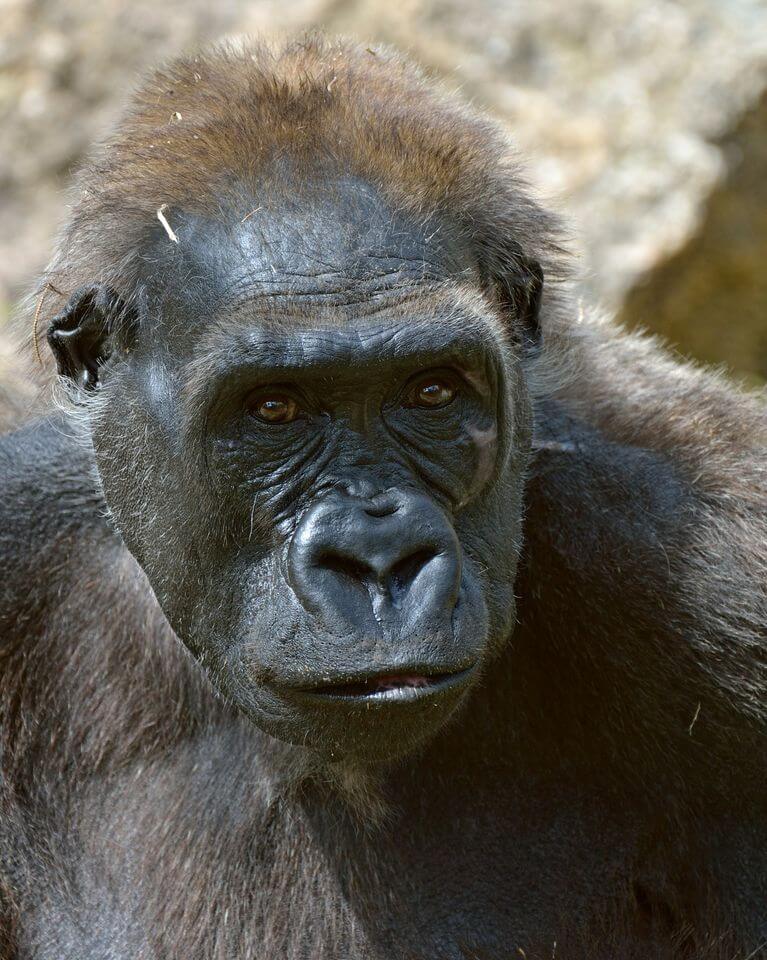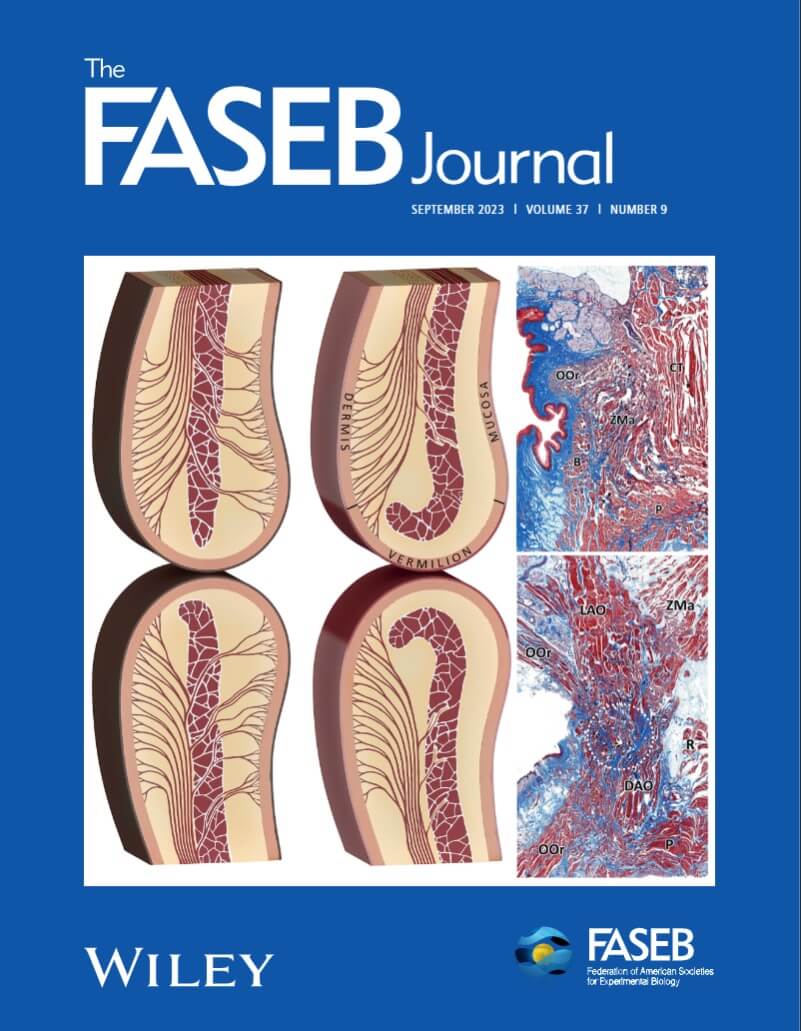The primitive facial architecture of the gorilla as a key to understanding human facial expressions

Facial expressions are an essential element in human interpersonal communication. A smile, for example, appears even in newborn babies, and even if it is still reflexive and involuntary - its effect on the parents is clear and immediate. The term "facial expression" itself implies that the movements of the facial muscles express an inner state - feelings, motivations, thoughts, etc. Furthermore, he assumes that these movements are signals that the other person knows how to decipher and predict future behavior based on them.
The Hebrew language is rich in expressions containing the word "face", and this richness points to the central place of the face and facial expressions in communication between humans. Prominent examples are phrases such as "his face fell", "his face lit up" and "he pretended". Also in English and other languages similar expressions describe different emotions: sadness (Long face), embarrassment (Lose face), anger (Blue in the face) and more.
Joy and sadness, anger and surprise, fear and disgust - these emotions are expressed in our facial expressions so intuitively that we don't often think about how complex and meaningful they are. Moreover, it is very likely that we have never given any thought to their development during evolution.
Darwin actually devoted a lot of thought to this, and put the things in writing in his book "Facial Expressions in Man and Animals" which was published in 1872. In this book, which is not one of his well-known books, Darwin claimed for the first time that human facial expressions are universal and moreover - that they can be explained through the facial expressions of animals.

In recent years, studies criticizing these claims have been published, but Darwin's thorough analyzes of facial expressions in animals and humans continue to provide a basis for modern studies in the field.
It was Darwin who showed that many of the facial muscle actions in humans and other primates are innate, and thus explained why humans and their relatives express similar emotions with similar facial movements. The facial expressions of humans, primates, and other mammals have clear phylogenetic connections, but there is no doubt that among primates, facial expressions have an unparalleled importance in communication between individuals. In humans, these expressions also play a part in a unique function - speech.
One hundred and fifty years after Darwin's book, two researchers from the Rapaport Faculty of Medicine entered the thick of the beam: Liat Rottenstreich, a sixth-year medical student in the combined MD/PhD track, and Dr. Assaf Marom. The two conducted a comparative study examining the facial architecture of the gorilla, chimpanzee and modern man and published the findings in the journal of FASEB, the Federation of American Societies for Experimental Biology.
The chimpanzee is the creature closest to humans among the creatures alive today, and both belong together to the group known as hominins. A somewhat surprising fact is the closeness of the chimpanzees to man - closer than that between the chimpanzee and the gorilla and the orange, which are the next great apes in the series in terms of their closeness to man.
The Technion researchers compared the facial structure of the gorilla to that of humans and chimpanzees, focusing on the muscles that activate the face and especially the lower half. In their article, the researchers show that the gorilla's facial architecture is primitive and different from that of humans and chimpanzees, which share many common characteristics. These structural features include the modiolus, where various muscle bundles converge that control the angle of the mouth, and the orbicularis oris muscle. The researchers also showed that the microscopic structure of the muscles that stretch the gorilla's lips is primitive, meaning it is shared by it and many other monkeys.
On the one hand, the researchers explain, the unique structures shared by humans and chimpanzees may explain the complex abilities of facial expression in these species. On the other hand, the facial muscles of the gorilla are more primitive and more similar to those of the orangutan, gibbon, baboon and macaque. What this means in professional terms is that the anatomy we see in humans and chimpanzees is synapomorphic - it is a unique feature among primates shared only by these two species. This means that these structures developed during the evolution of hominins. In other words, these structures appeared in human evolution no later than about 6 million years ago, the age of our common ancestor with chimpanzees. The researchers emphasize that further research is required to connect the anatomical findings with the behavior of the primates, and that such research should include their ecological environment and observation of their facial expressions during social behavior.
Beyond the scientific value of the research, the researchers point out that a thorough understanding of the anatomical basis for facial expressions is also essential for surgeries in which facial anatomy is reconstructed or restored, in the study of anatomical networks for the purpose of understanding the connections between the components of the face, for computerized analysis of facial expressions, and for the purpose of comparing the facial expressions of different species using the Facial Action Coding System (FACS) - a method developed by the American psychologist Paul Ekman in the late eighties of the last century.
The researchers thank the safari team in Ramat Gan for the great assistance, Dr. Gilad Goldstein and the Or Foundation, Tibor Jäger for the photographs of the gorilla Leah, and Yotem Giladi for the excellent illustrations.
For an article in the FASEB journal
- Humans do not know how to distinguish between screams of joy and screams of terror
- Recognition of expressions - on the face
- A family game using Google glasses improved the ability of autistic children to read facial expressions
- #facialexpressions #primates #evolution #anatomy #gorillas #chimpanzees #darwin #emotions #communication

One response
The sentence "In other words, these structures appeared in human evolution at most about 6 million years ago, the age of our common ancestor and chimpanzees." - It is not clear.
Instead of "at most" it should be "at the latest", meaning that these structures necessarily appeared in the evolution of man when it was still shared with the evolution of the chimpanzee, before they split, meaning no later than / at the latest 6 million years ago.